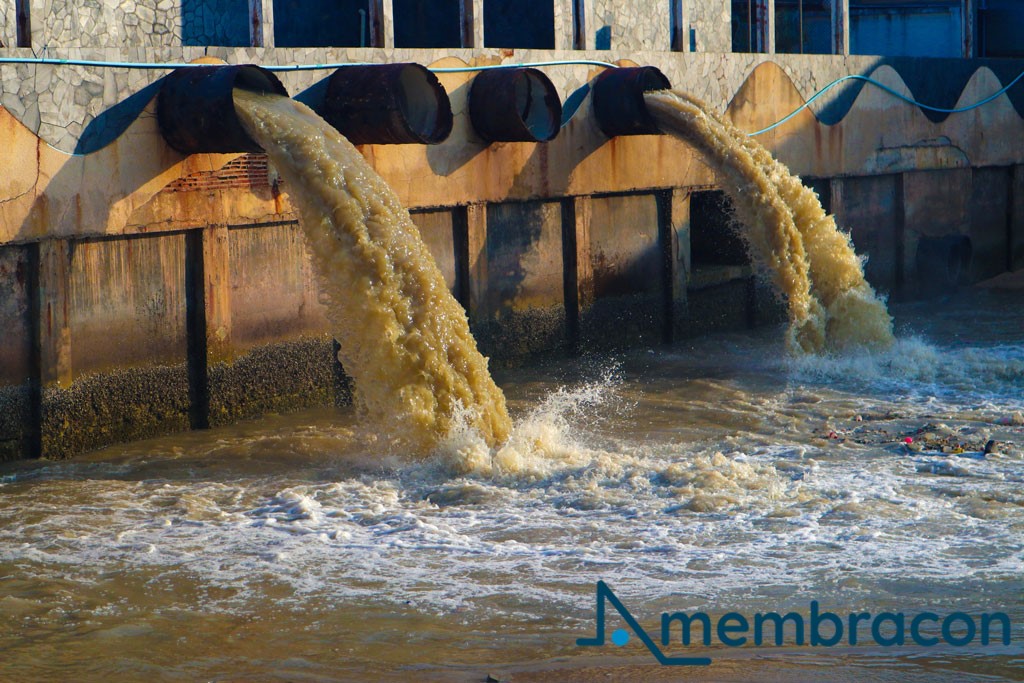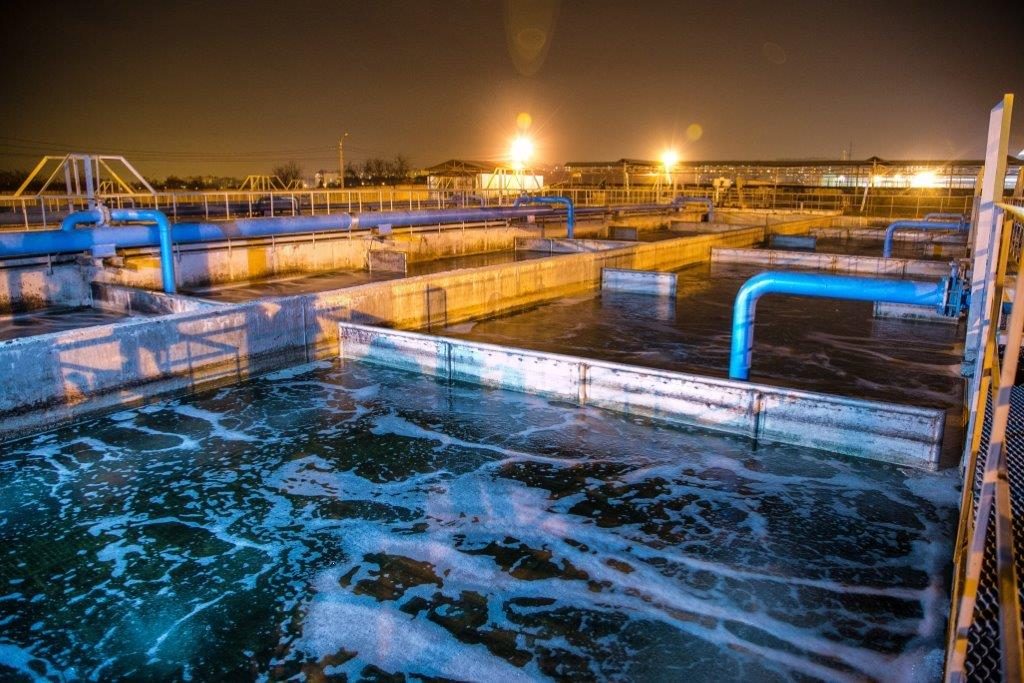Strategic Approaches to Enhance Waste Water Therapy Efficiency and Minimize Environmental Influence
In the world of drainage therapy, the pursuit for improved efficiency and minimized environmental effect is a continuous difficulty that requires critical options. As society faces the vital to manage water resources sustainably, a nuanced method comes to be important. The integration of innovative therapy innovations, energy-efficient processes, source recovery approaches, enhanced nutrient removal strategies, and wise monitoring and control systems represents a diverse structure for attending to these pushing worries. What lies at the core of this complex web of approaches is the potential to revolutionize the means we come close to waste water treatment, not just as a process of disposal, yet as a valuable opportunity for innovation and environmental stewardship.
Advanced Therapy Technologies
Innovative membrane filtering systems have changed innovative wastewater therapy procedures, significantly enhancing the removal of impurities. This modern technology has actually confirmed to be extremely efficient in eliminating a large variety of impurities, including drugs, heavy steels, and natural compounds, which are commonly testing to get rid of through traditional treatment methods.
Moreover, membrane filtering systems offer numerous benefits over traditional treatment approaches. They call for much less space, generate higher-quality effluent, and are a lot more resistant to fluctuations in influent water high quality. In addition, these systems are highly functional and can be quickly integrated into existing treatment plants or utilized as standalone units for decentralized applications. As the need for clean water remains to increase, the adoption of innovative membrane layer filtration modern technologies is important to ensure sustainable and efficient wastewater therapy techniques.
Energy-Efficient Processes
The combination of energy-efficient procedures in wastewater treatment systems is vital for enhancing resource use and decreasing operational costs. By implementing energy-efficient modern technologies, treatment plants can substantially decrease their carbon impact and overall environmental effect. One key strategy to enhancing power efficiency in wastewater therapy is the application of advanced aeration systems, such as fine bubble diffusers or surface aerators, which can enhance oxygen transfer performance and lower energy usage. Additionally, incorporating power healing systems, like anaerobic food digestion for biogas manufacturing or utilizing excess warmth for thermal processes, can help counter energy requirements and advertise sustainability.
Additionally, enhancing process control and automation through making use of sophisticated sensors and checking systems can boost overall power performance by adjusting procedures in real-time based upon actual need and problems. Carrying out power audits and consistently monitoring power performance indicators are essential practices to recognize areas for improvement and track energy-saving efforts efficiently. Generally, the fostering of energy-efficient processes in wastewater therapy not just benefits the setting but also contributes to long-lasting expense financial savings and functional sustainability.
Resource Recovery Approaches
With a concentrate on optimizing source application and sustainability in wastewater therapy systems, the application of resource recovery methods becomes a pivotal element in enhancing operational efficiency. Resource recuperation approaches in wastewater treatment include the identification and extraction of important sources from the waste stream, therefore transforming what was when thought about waste into a valuable asset. By executing source recuperation techniques such as nutrient removal and healing, energy generation from natural issue, and the manufacturing of multiple-use water, wastewater treatment plants can minimize environmental impact while maximizing effectiveness.

Enhanced Nutrient Removal Techniques
Applying advanced nutrient elimination methods is vital for maximizing the efficiency of wastewater treatment systems. One of the essential strategies used for boosted nutrient elimination is the Go Here procedure of organic nutrient removal (BNR), which involves the removal of nitrogen and phosphorus through organic processes.

In addition to BNR, progressed treatment methods such as membrane layer bioreactors (MBRs) and built marshes can likewise be employed to boost nutrient removal effectiveness. MBRs utilize membranes to accomplish high-grade effluent standards by properly getting rid of nutrients and put on hold solids. Built marshes mimic natural marsh processes to get rid of nutrients through plant uptake, microbial task, and sedimentation. By incorporating these sophisticated nutrient removal strategies right into wastewater treatment sectors, municipalities and systems can properly reduce nutrient air pollution and protect the atmosphere.
Smart Monitoring and Control Equipment
Making use of sophisticated technology, the assimilation of clever monitoring and control systems changes the operational efficiency of wastewater therapy facilities. These systems include innovative sensing units and information analytics to continuously keep track of key specifications such as pH levels, turbidity, liquified oxygen, and circulation rates in real-time. By collecting and examining this information, drivers can obtain useful insights right into the performance of the treatment processes, enabling proactive adjustments to maximize treatment efficiency.
Smart surveillance and control systems additionally support remote surveillance capacities, allowing operators to access real-time data and control features from off-site locations. This remote ease of access improves operational versatility and responsiveness, enabling speedy treatments in situation of system breakdowns or changes in influent high quality. The anticipating upkeep capabilities of these systems assist protect against equipment failings and minimize downtime, inevitably improving the general integrity of wastewater therapy procedures.
Conclusion
In final thought, calculated strategies such as innovative therapy innovations, energy-efficient processes, source recuperation approaches, enhanced nutrient elimination strategies, and wise monitoring and control systems play a crucial Discover More function in boosting wastewater treatment effectiveness and decreasing ecological influence. By implementing these strategies, wastewater treatment plants can boost their total performance, reduce energy usage, recuperate valuable sources, and ensure conformity with ecological guidelines. These techniques are important for efficient and sustainable wastewater monitoring practices.

In verdict, critical methods such as advanced treatment technologies, energy-efficient processes, source recuperation approaches, enhanced nutrient elimination techniques, and smart surveillance and control systems play a vital function in boosting wastewater therapy effectiveness and reducing environmental effect.